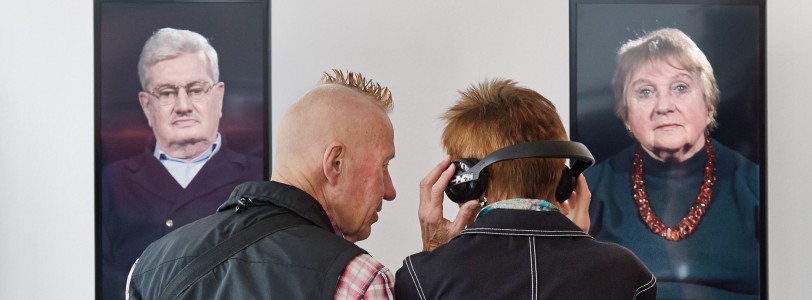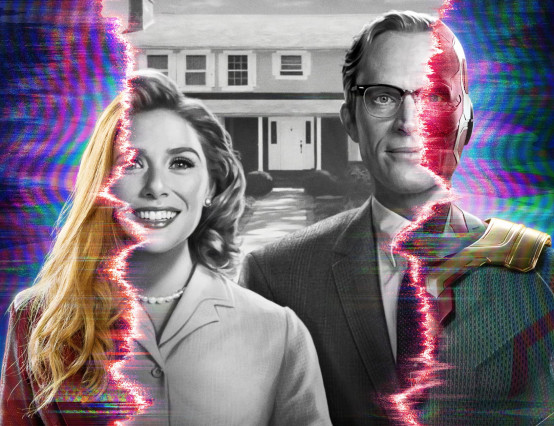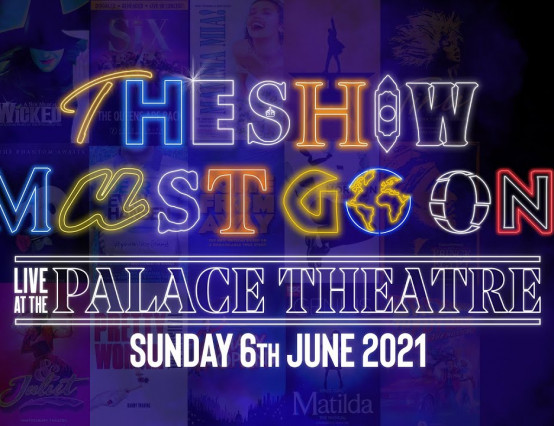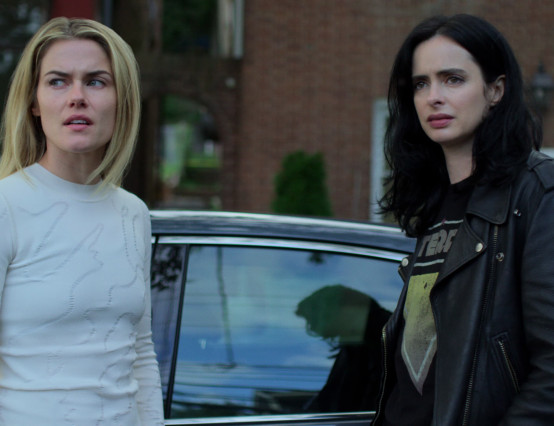This an extremely powerful and poignant exhibition. It is emotional and you can’t help but empathise with the variety of different viewpoints that, as a viewer, you connect with and learn about. You see the world from all sides, you look in a variety of individual's lives, experiences and personal backstories. It opens up your mind to new cultures, a wider world view and more accepting and understanding tendencies.
The exhibition features numerous television screens each accompanied by a set of headphones. There are approximately 40 television screens, each showing four or five videos on each one, in rotation. Each video is between 6 minutes and 15 minutes long. The headphones play audio of each individual telling their life story, their experiences and what made them who they are today. Meanwhile alongside this, the video shows a visual of that same individual filmed as they listen back to their own audio recording.
The audio telling of that individual's life story is recorded three months prior to when they listen back to it. The video almost invariably captures their surprise, embarrassment and emotional response both to hearing their own life story played back, and to how they described their own life three months beforehand. It captures their individual personality visually and shows how we change and evolve even in the space of three months. Our perspective and ability to retell events changes and shifts.
It is moving and emotive for viewers and even more so for the individuals themselves. The exhibition captures all walks of life, all backgrounds, all identities. It covers all ethnicities, all genders, all disabilities, all ages, all sexualities. One room is made up of the older generations whilst the other room the younger generations.
The room of older adults features a woman living in England during WW2. It tells of how it affected her, her experiences and her emotions. There is a video of a woman from Germany who talks of how her father defied Nazi sympathisers to help those who were in need, how she almost married a Nazi and how she almost side-stepped the politics.
The room of younger adults features a young girl who wanted to become an actor, discusses her rise into her career, her romantic failings, her affairs and her regrets. We hear from a disabled young person about her own experiences, how she learned from her own actions, and the everyday prejudice she endures. We hear from a young woman who, due to her own culture, was forced to have a backstreet abortion, leading to a miscarriage she wasn’t allowed to tell anybody about. She recounts the emotional stress and abuse she experienced, and how it has affected her today.
It’s interesting to hear a range of problems from the mundane to the traumatic and yet each are immensely important to the individual, regardless of their severity. Each person experiences some kind of tragedy or abuse and yet each rises stronger and gains their own identity and perspective. It shows that everybody has their own path, their own life story.
Most of all, from a historical perspective it highlights the importance of capturing oral histories such as these. Without these audio recordings and video, these interesting and captivating personal and social histories would be lost, when they tell important stories about people’s history, history from below and society in the twentieth and twenty-first centuries.
It also makes such history accessible and immersive for audiences and visitors. It reels viewers in to how interesting social history can be particularly when exploring the masses and everyday people in society. It is emotional and captivating whilst being an important and accessible oral history archive. It explores intensely individual and personal stories whilst also commenting on our diverse and wonderful 21st-century society.
21: Memories of Growing Up
Emotional and captivating whilst being an important and accessible oral history archive. It explores intensely individual and personal stories whilst also commenting on our diverse and wonderful 21st-century society.









0 Comments